The slave narrative is a type of literary genre involving the (written) autobiographical accounts of enslaved persons, particularly Africans enslaved in the Americas, though many other examples exist. Over six thousand such narratives are estimated to exist; about 150 narratives were published as separate books or pamphlets. In the United States during the Great Depression (1930s), more than 2,300 additional oral histories on life during slavery were collected by writers sponsored and published by the Works Progress Administration, a New Deal program. Most of the 26 audio-recorded interviews are held by the Library of Congress.

Harry Sinclair Lewis was an American novelist, short-story writer, and playwright. In 1930, he became the first author from the United States to receive the Nobel Prize in Literature, which was awarded "for his vigorous and graphic art of description and his ability to create, with wit and humor, new types of characters." Lewis wrote six popular novels: Main Street (1920), Babbitt (1922), Arrowsmith (1925), Elmer Gantry (1927), Dodsworth (1929), and It Can't Happen Here (1935).
Canadian literature is written in several languages including English, French, and to some degree various Indigenous languages. It is often divided into French- and English-language literatures, which are rooted in the literary traditions of France and Britain, respectively. The earliest Canadian narratives were of travel and exploration.
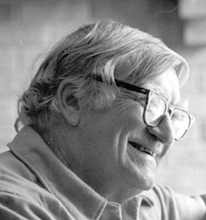
Dorris Alexander "Dee" Brown was an American novelist, historian, and librarian. His most famous work, Bury My Heart at Wounded Knee (1970), details the history of the United States' westward colonization of the continent between 1830 and 1890 from the point of view of Native Americans.

John Tracy Kidder is an American writer of nonfiction books. He received the Pulitzer Prize for his The Soul of a New Machine (1981), about the creation of a new computer at Data General Corporation. He has received praise and awards for other works, including his biography of Paul Farmer, a physician and anthropologist, titled Mountains Beyond Mountains (2003).

American literature is literature written or produced in the United States and in the colonies that preceded it. The American literary tradition is part of the broader tradition of English-language literature but also includes literature produced in languages other than English.
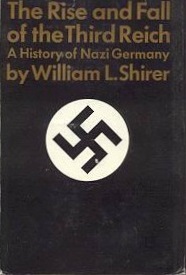
The Rise and Fall of the Third Reich: A History of Nazi Germany is a book by American journalist William L. Shirer in which the author chronicles the rise and fall of Nazi Germany from the birth of Adolf Hitler in 1889 to the end of World War II in Europe in 1945. It was first published in 1960 by Simon & Schuster in the United States. It was a bestseller in both the United States and Europe, and a critical success outside Germany; in Germany, criticism of the book stimulated sales. The book was feted by journalists, as reflected by its receipt of the National Book Award for non-fiction, but the reception from academic historians was mixed.
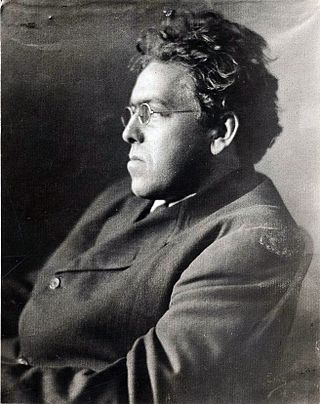
Newell Convers Wyeth, known as N. C. Wyeth, was an American painter and illustrator. He was a student of Howard Pyle and became one of America's most well-known illustrators. Wyeth created more than 3,000 paintings and illustrated 112 books — 25 of them for Scribner's, the Scribner Classics, which is the body of work for which he is best known. The first of these, Treasure Island, was one of his masterpieces and the proceeds paid for his studio. Wyeth was a realist painter at a time when the camera and photography began to compete with his craft. Sometimes seen as melodramatic, his illustrations were designed to be understood quickly. Wyeth, who was both a painter and an illustrator, understood the difference, and said in 1908, "Painting and illustration cannot be mixed—one cannot merge from one into the other."
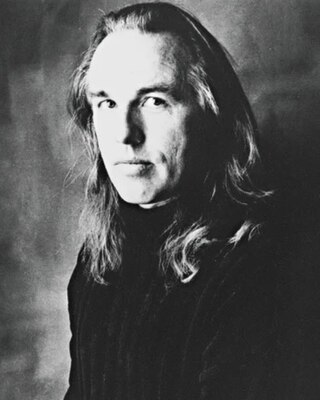
Michael Hague is an American illustrator, primarily of children's fantasy books.
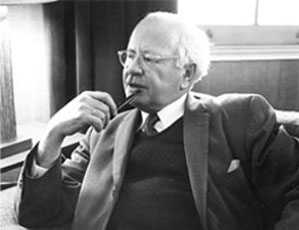
William Lawrence Shirer was an American journalist, war correspondent, and historian. His The Rise and Fall of the Third Reich, a history of Nazi Germany has been read by many and cited in scholarly works for more than 60 years; its fiftieth anniversary was marked by a new edition of the book.
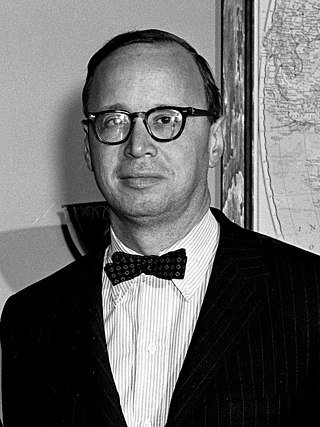
Arthur Meier Schlesinger Jr. was an American historian, social critic, and public intellectual. The son of the influential historian Arthur M. Schlesinger Sr. and a specialist in American history, much of Schlesinger's work explored the history of 20th-century American liberalism. In particular, his work focused on leaders such as Harry S. Truman, Franklin D. Roosevelt, John F. Kennedy, and Robert F. Kennedy. In the 1952 and 1956 presidential campaigns, he was a primary speechwriter and adviser to the Democratic presidential nominee, Adlai Stevenson II. Schlesinger served as special assistant and "court historian" to President Kennedy from 1961 to 1963. He wrote a detailed account of the Kennedy administration, from the 1960 presidential campaign to the president's state funeral, titled A Thousand Days: John F. Kennedy in the White House, which won the 1966 Pulitzer Prize for Biography or Autobiography.

George V. Higgins was an American author, lawyer, newspaper columnist, raconteur and college professor. He authored more than thirty books, including Bomber's Law,Trust, and Kennedy for the Defense, and is best known for his bestselling crime novels, including The Friends of Eddie Coyle, which established the Boston noir genre of gangster tales that spawned several popular films by followers in the late 20th and early 21st centuries.
Robert Lawson was an American writer and illustrator of children's books. He won the Caldecott Medal for his illustrations in They Were Strong and Good in 1941 and the Newbery award for his short story for Rabbit Hill in 1945.

Children's poetry is poetry written for, appropriate for, or enjoyed by children.

Ed Tse-chun Young was a Chinese-born American illustrator and writer of children's picture books. He has received many awards and recognitions, including the Caldecott Medal and Lifetime Achievement awards for his contributions as a children's illustrator.

Virginia Esther Hamilton was an American children's books author. She wrote 41 books, including M. C. Higgins, the Great (1974), for which she won the U.S. National Book Award for Young People's Literature and the Newbery Medal in 1975. Her works were celebrated for exploring the African-American experience, what she called "Liberation Literature."
Spring Pond, United States, abuts the three cities of Lynn, Peabody and Salem. In the center of these townships "is a beautiful pond". It is a secluded lake known by residents of the three cities and visitors who come to enjoy the camps, trails and natural environment of the woods. "It is in fact one of the most picturesque and romantic lakelets in Massachusetts". Stretching from Spring Pond to Marlborough Road in Salem, the pond and woods form a microcosm of beauty. On the edge of Spring Pond was once the Fay Farm, an English manor estate in New England. The mansion of Fay Farm was a well-known hotel in 1810, when the springs of these areas were believed to possess medicinal qualities. People visited the springs near Spring Pond to restore health, and worship the goddess Hygeia and drink from the rusty iron-rich water trickling from the foot of a bank. Later, some traveled there solely for fun and frolic. The hotel was then converted into a private residence. The waters of Spring Pond are conveyed by springs from an aquifer lying below Spring Pond through Peabody, Lynn and Salem. Spring Pond is listed as one of the "Massachusetts Great Ponds".

William Dana Orcutt (1870-1953) was an American book designer, typeface designer, historian, and author.
Frank Altschul was an American financier at General American Investors Company, and founder of the Overbrook Management Corporation.
Brent Kenneth Ashabranner was an American Peace Corps administrator, including its 1967–69 deputy director, and author of more than 30 books, primarily non-fiction children's literature, which received over 40 awards.













